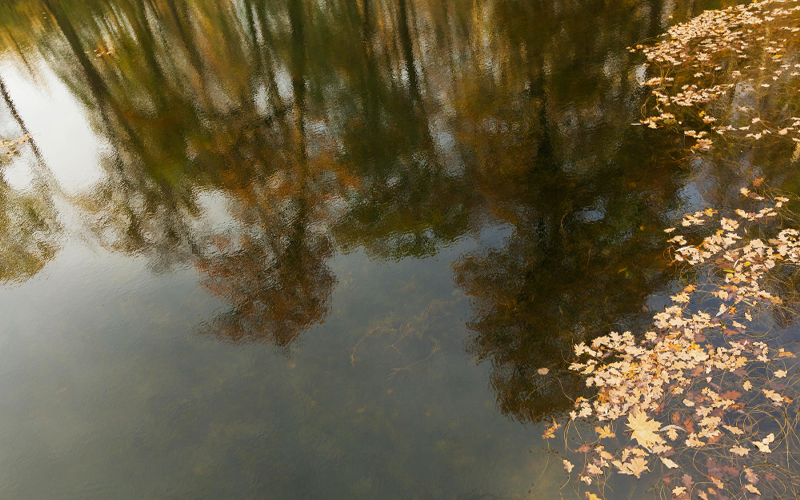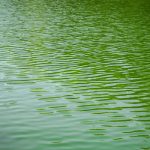When it comes to creating a pond, whether for aesthetic purposes or as a habitat for fish and wildlife, one of the most crucial considerations is the depth of the pond. The depth of a pond plays a significant role in its overall health and functionality. In this comprehensive guide, we will explore the factors that influence the ideal depth of a pond and the benefits of maintaining the appropriate depth.
Factors Influencing Pond Depth
Several factors influence the ideal depth of a pond. These factors include:
- Intended Use: The purpose of the pond, such as for ornamental purposes, fish habitat, or wildlife refuge, will influence the required depth.
- Climate: The climate of the region where the pond is located affects the depth required for maintaining a stable water temperature and preventing freezing in winter.
- Vegetation: The presence of aquatic plants and their depth requirements for healthy growth can influence the ideal pond depth.
- Wildlife: If the pond is intended to support a specific wildlife population, the depth should cater to the needs of those species.

Credit: pondchamps.com
Benefits of Maintaining the Appropriate Depth
Maintaining the appropriate depth for a pond offers several benefits, including:
- Water Quality: A deeper pond is better equipped to maintain stable water quality by providing a larger volume of water, which can dilute pollutants and maintain oxygen levels.
- Thermal Stability: Deeper ponds are less prone to drastic temperature fluctuations, providing a more stable environment for fish and other aquatic life.
- Habitat for Fish: Adequate depth is essential for fish habitat, providing refuge and suitable conditions for spawning and feeding.
- Wildlife Support: The right depth can attract and support a diverse range of wildlife, including amphibians, insects, and waterfowl.
Recommended Pond Depths for Different Uses
The ideal depth of a pond varies depending on its intended use. Here are the recommended pond depths for different purposes:
| Intended Use | Ideal Depth |
|---|---|
| Ornamental Pond | 1.5 – 2 feet |
| Fish Habitat | 3 – 8 feet |
| Wildlife Refuge | Varies based on targeted species |
Remember if you want to fish firm in your pond then you must know how deep should a fish pond be. And if you want to know more about this topic then check this article.
Best Practices for Determining Pond Depth
When planning the depth of a pond, it’s essential to consider the following best practices:
- Consult with Experts: Seek advice from pond design and aquatic habitat experts to determine the ideal depth based on your specific needs and location.
- Consider Local Regulations: Be aware of any local regulations or permits required for pond construction, including depth restrictions.
- Account for Sloping: Plan for gradual sloping to accommodate different depths and provide easier access for maintenance and wildlife.
- Factor in Water Source: Consider the source of water for the pond and its potential impact on depth and water quality.

Credit: www.aquariumkeeping.co.uk
Frequently Asked Questions
Final Words
So, the depth of a pond is a critical factor that significantly influences its health, functionality, and ability to support various forms of aquatic life. By considering the intended use, local climate, and habitat requirements, pond owners can determine the ideal depth to maximize the benefits and enjoyment of their ponds.





